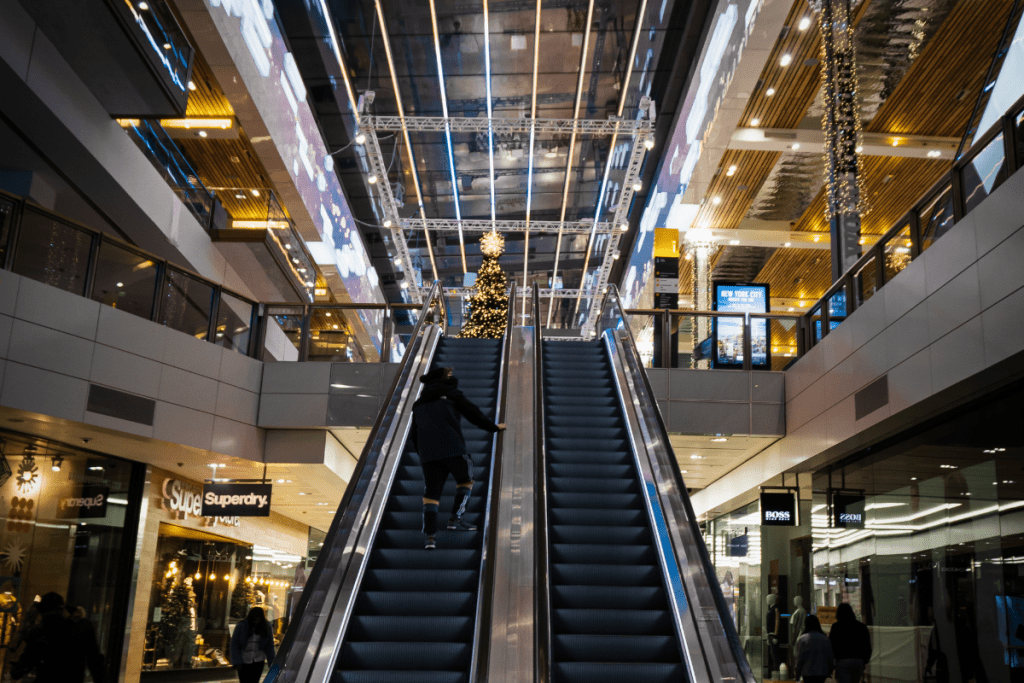The labor market remained strong in October. As always, though, some sectors are doing better than others – and retail is definitely one that’s lagging behind. The sector gained just 7,200 net new jobs in October after losing 7,600 in September. Compared to the first part of the year, the sector has slowed considerably. Consumer demand shifts have unsurprisingly led to decreased labor demand in the sector. Now, it appears this shift may be forcing a natural trimming of the workforce.
Retail – along with leisure and hospitality – is an unstable sector. The natural rate of turnover is higher than many other sectors – the quits rate is always quite elevated in comparison to the whole labor market. That difference has only been emphasized in the last couple years – quits in retail have soared. Though they are beginning to normalize, the rate remains high.
Very few sectors have recorded increased layoffs – so far, high demand has staved off this measure of downsizing. The retail sector, however, is beginning to hint at other downsizing measures. With such high levels of turnover, the retail sector can naturally pare down their workforce without engaging in layoffs. Instead, employers simply don’t replace workers when they leave.
Retailers are already pulling back on hiring – seasonally-adjusted rates that skyrocketed earlier in the recession recovery have now hit their lowest levels since the onset of the COVID-19 pandemic. In September, the hiring rate was at 4.8%, compared to highs of 6.4% in February. The rate is slowly decreasing while the layoffs rate remains very low – it was at just 0.9% in September.
The labor market is still humming along at a strong pace, but the retail hiring adjustment speaks to the slight cooling in recent months. Openings in the sector are also falling, exemplifying further the declining labor demand in retail.







